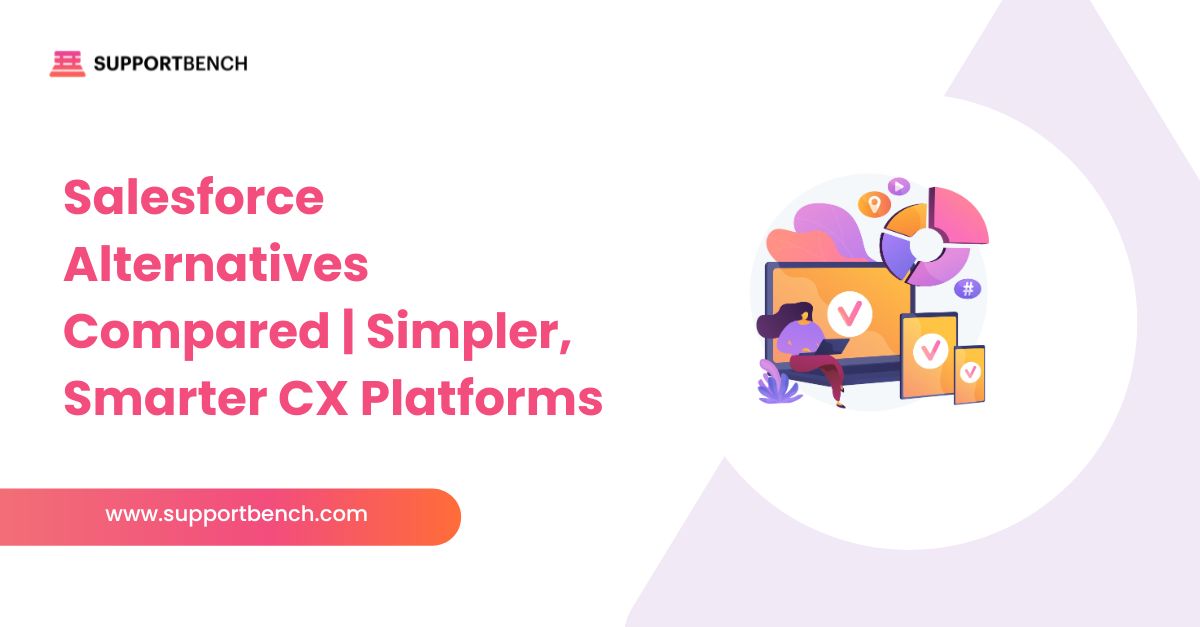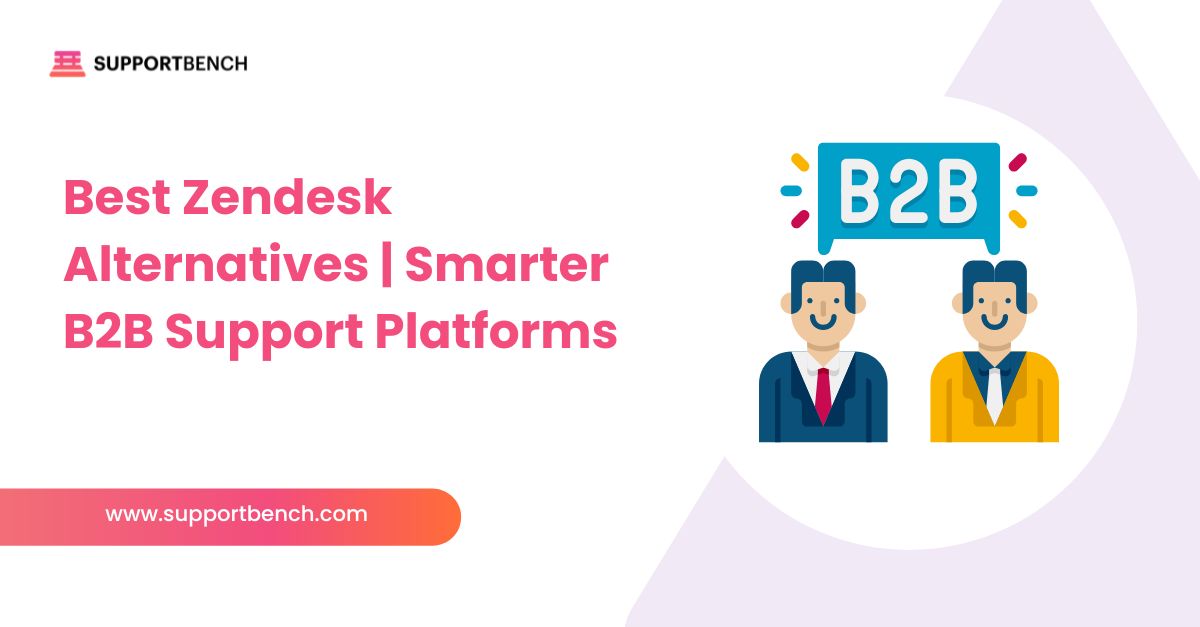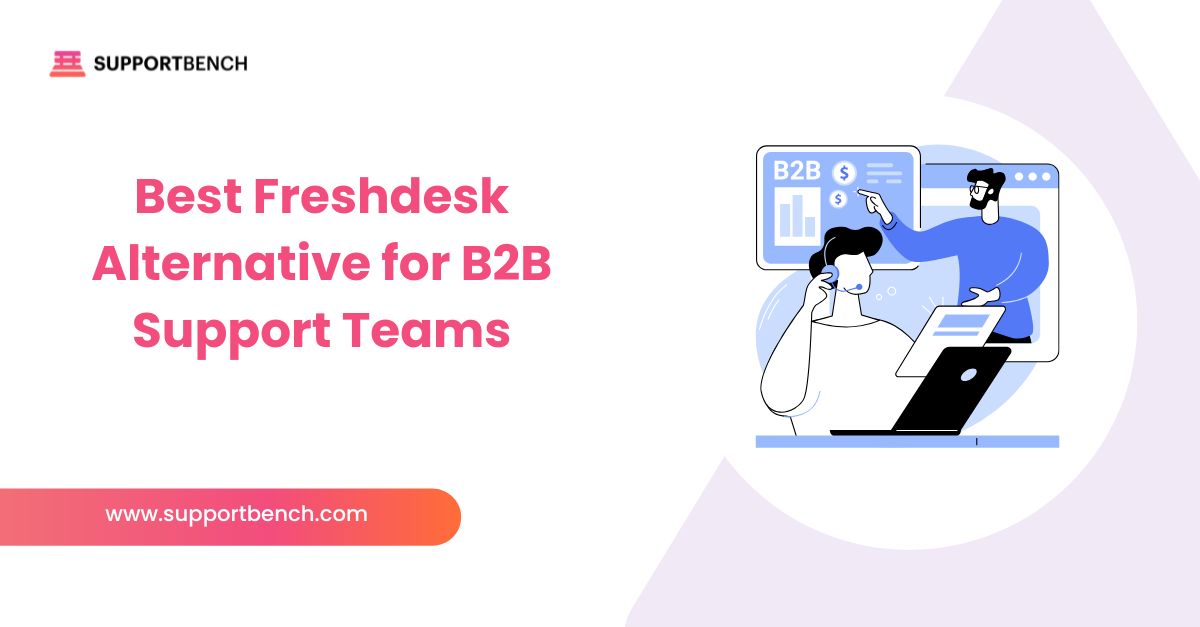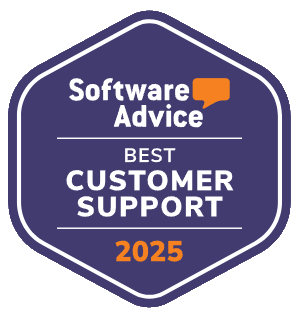For Managed Service Providers (MSPs), time and accuracy matter. Yet many teams still manage tickets in one platform while billing and contracts sit in another. That disconnect leads to missed SLAs, delayed invoices, and frustrated clients.
Integrating a Professional Services Automation (PSA) platform with the helpdesk changes the picture. Data flows automatically between systems, manual entry disappears, and teams gain real-time visibility into client contracts and service levels.
The result is faster resolutions, accurate billing, and consistent SLA compliance. Technicians spend less time switching tools and more time focusing on client needs.
This guide explains what PSA + helpdesk integration means, why it’s essential for MSPs, and the features that matter most. We’ll also show how Supportbench connects seamlessly with platforms like ConnectWise and Autotask to unify workflows and support MSP growth.
At a Glance:
Integrating your PSA with a helpdesk is essential for MSPs that want efficiency and client satisfaction. It eliminates double data entry, speeds up billing, and ensures SLA compliance by keeping all data in sync. Key features include bi-directional ticket sync, contract alignment, asset visibility, and automated billing triggers. Supportbench makes this process simple with native PSA integrations, SLA-aware workflows, and flexible APIs—giving MSPs a unified, scalable system.
What is PSA + helpdesk integration?

A Professional Services Automation (PSA) platform helps MSPs manage the business side of service delivery. It covers billing, project tracking, resource allocation, and contract management. Think of it as the operational backbone—where invoices, hours, and contracts live.
A helpdesk system, on the other hand, is where client issues are resolved. It handles ticket intake, SLA tracking, communication, and escalation. It’s the front line of client support.
Integration means connecting these two systems so they share data automatically. Tickets, contract terms, SLA statuses, and even asset information flow seamlessly between platforms. Instead of juggling two disconnected tools, technicians and managers work from a unified dashboard.
With this setup, MSPs eliminate manual entry, reduce errors, and gain full visibility into client relationships. And with Supportbench’s PSA integrations, data moves bi-directionally—keeping billing, SLA tracking, and ticket management in sync.
Why MSPs Need PSA + Helpdesk Integration

Running PSA and helpdesk platforms separately often leads to data silos, double entry, and missed SLAs. By integrating the two, MSPs gain tighter control over operations and improve client trust.
Here are the top benefits:
1. A Single Source of Truth for Client Data
When contract details, SLA terms, and ticket history live in one place, technicians make faster and more accurate decisions. Integration ensures consistency across platforms, reducing discrepancies.
Supportbench connects directly with PSA platforms like ConnectWise and Autotask, keeping all client data unified and accessible.
2. Automated SLA and Contract Tracking
No more chasing deadlines manually. Integration automates SLA visibility, pulling contract terms into the helpdesk so technicians always know what’s required.
Supportbench’s SLA-aware workflows sync with PSA data, helping teams stay compliant and avoid costly breaches.
3. Faster Invoicing from Resolved Tickets
Delays in invoicing create billing backlogs and cash flow issues. Integration links resolved tickets directly to billing workflows, ensuring invoices go out on time.
Supportbench ties ticket closures to PSA billing triggers, speeding up payment cycles and improving accuracy.
4. Improved Technician Productivity
Technicians waste time toggling between systems. A unified workflow means they can focus on client issues instead of repetitive data entry.
Supportbench provides a single interface where tickets, SLAs, and client records are visible without leaving the helpdesk.
5. Reduced Double Entry Errors
Manual entry is error-prone and costly. Integration eliminates redundant data input, improving workflow efficiency.
Supportbench removes the need to re-key ticket data, client information, or SLA statuses across platforms, saving time and preventing mistakes.
Key Features to Look For in PSA + Helpdesk Integration

Not all integrations are created equal. The best PSA–helpdesk connection offers real-time sync, SLA visibility, and automation that keeps operations smooth. Below are the features MSPs should prioritize:
1. Bi-Directional Ticket Synchronization
Tickets should update seamlessly across both platforms. If a ticket is created or resolved in the helpdesk, it should reflect instantly in the PSA—and vice versa.
Supportbench enables real-time, two-way ticket sync so there are no gaps or conflicting records.
2. Contract and SLA Alignment
Integrations must pull SLA terms and contract data into the helpdesk to guide technician workflows.
Supportbench automatically surfaces SLA requirements within tickets, reducing the risk of breaches.
3. Asset and Configuration Management
Technicians need access to client assets and configurations alongside tickets. Integration ensures they have the context needed for faster troubleshooting.
Supportbench provides PSA-linked asset data directly in the helpdesk, cutting down on back-and-forth searches.
4. Automated Billing Triggers
Closing a ticket should trigger billing without manual steps. This reduces delays and prevents missed revenue.
Supportbench integrates billing workflows with PSA tools so invoices are generated automatically once tickets are resolved.
5. Real-Time Reporting and Dashboards
Service managers need a complete view of performance metrics across systems. Unified dashboards show SLA compliance, ticket volumes, and technician productivity in one place.
Supportbench’s reporting features merge PSA and helpdesk data into actionable insights for better decision-making.
Step-by-Step Integration Blueprint
Integrating a PSA with your helpdesk doesn’t have to be overwhelming. With the right plan, MSPs can roll out a smooth integration that minimizes disruption and maximizes efficiency. Here’s a practical blueprint:
Step 1: Map Current Workflows and Pain Points
Review how tickets, billing, and SLA tracking work today. Identify areas where manual entry, siloed systems, or delays are slowing your team down.
Step 2: Define Integration Goals
Clarify what success looks like. Do you want fewer billing delays, faster SLA reporting, or better visibility across projects? Goals will guide setup choices.
Step 3: Verify PSA API Availability
Ensure your PSA platform supports open APIs and authentication methods. Tools like ConnectWise Manage and Autotask offer reliable APIs for integration.
Step 4: Configure Field Mapping
Align data fields such as tickets, contracts, and contacts between systems. Proper mapping ensures clean, consistent data flow without duplication.
Step 5: Test with a Pilot Group
Start with a small group of technicians. This limits risk, surfaces problems early, and gives you feedback before scaling the rollout.
Step 6: Train Staff and Document Workflows
Provide training so technicians understand how integrated systems work together. Back this up with documentation for troubleshooting and onboarding new staff.
➤ Supportbench in Action: Supportbench connects natively with PSA platforms like ConnectWise and Autotask. With bi-directional sync, SLA-aware workflows, and configurable field mapping, it ensures your integration is both powerful and easy to manage.
For a more detailed walk-through of integration processes across different tools, check out Supportbench’s integration guide, which covers planning, testing, and ongoing optimization.
Common Mistakes and How to Avoid Them

Even well-planned integrations can run into challenges. Here are the most common mistakes MSPs face, and how to avoid them.
Data Mapping Mismatches
If ticket fields or contract terms aren’t mapped correctly, information may be lost or duplicated.
How to avoid it: Keep an updated mapping document and review it regularly during system updates.
API Credential Expiry
APIs require valid credentials to stay connected. When they expire, integrations silently break.
How to avoid it: Set reminders for API credential renewals and assign ownership for monitoring them.
Overcomplicated Workflows
Trying to automate everything at once can overwhelm your team and introduce errors.
How to avoid it: Start simple. Automate core tasks like SLA sync and ticket updates first, then expand.
User Resistance
Technicians may hesitate to adopt new processes if they see them as extra work.
How to avoid it: Provide training, highlight the time savings, and show quick wins to build confidence.
➤ Supportbench Tip: Supportbench provides guided onboarding for PSA integrations, helping MSPs avoid these common pitfalls. From API setup to workflow design, the process is supported end-to-end to reduce risks and accelerate adoption.
Why Supportbench Excels at PSA Integration
Not all helpdesk platforms are built with PSA integration in mind. Supportbench is designed to connect seamlessly with leading PSA tools while strengthening overall service delivery.
Native Integrations with Leading PSA Platforms
Supportbench offers ready-made integrations with popular PSA systems like ConnectWise Manage and Autotask, so MSPs can get up and running without heavy custom development.
Flexible API and Webhook Support
For teams with unique workflows, Supportbench provides a flexible API and webhook framework. This allows MSPs to create tailored connections with other systems, ensuring smooth, automated processes.
SLA-Aware Workflows
Unlike generic helpdesks, Supportbench directly pulls SLA commitments from PSA contracts. This ensures technicians always see service requirements in context, reducing the risk of breaches and improving response times.
AI-Powered Summaries and Routing
Supportbench applies AI to summarize tickets and route them based on PSA priorities. This means fewer manual handoffs, faster triage, and better alignment with client contracts.
Hands-On Onboarding and Support
Supportbench doesn’t just provide tools. It guides MSPs through the integration journey. From initial setup to fine-tuning workflows, onboarding support ensures MSPs achieve ROI quickly.
In Summary
For MSPs, integrating a PSA platform with a helpdesk is no longer a “nice-to-have.” It’s a necessity. Unified systems reduce manual work, improve SLA compliance, accelerate invoicing, and give technicians the visibility they need to deliver consistent client service.
Supportbench is built to make this integration seamless. With native PSA connections, SLA-aware workflows, AI-driven automation, and flexible APIs, it goes beyond syncing data to create a truly unified service management environment.
If your MSP is ready to eliminate silos, simplify operations, and improve client outcomes, now is the time to act.
Book a personalized demo today and see how Supportbench’s PSA integration can transform your operations.















